National Parties in India | Political Parties in IndiaNational Parties in India are the political parties are that are eligible to participate in the elections in India. Some of the national parties are formed even before the independence of India. For example, the Indian National Congress (INC) is the oldest national party in India that was formed in 1885. After India got freedom, the British Govt. handed over the administration of India to the leaders of Indian National Congress. As of now, there are eight national parties in India. A national party is a registered party that can have a reserved party symbol, free broadcast time on state-run television and radio related to the party activities or in favour of the party. How is the national party formed?Any registered party that fulfils one of the following three conditions can be recognized as a National Party. i) It should win 2% of seats in the Lok Sabha at least in 3 different states. Or ii) In addition to 4 Lok Sabha seats, it should poll 6% of votes in four states at a General Election to Lok Sabha or Legislative Assembly. Or iii) The party should be recognized as a state party in 4 or more states. The list of National Parties of India:
1) Bharatiya Janata Party (BJP)Bharatiya Janata Party (BJP) is a national political party founded in 1980. It originated from Bharatiya Jana Sangh that was formed in 1951 by Syama Prasad Mookerjee. After the emergency of I977, the Bharatiya Jana Sangh was merged with other parties to form the Janata Party. It remained in power for three years thereafter the Janata Party was dissolved in 1980 to create the BJP with the members of erstwhile Jana Sangh party. 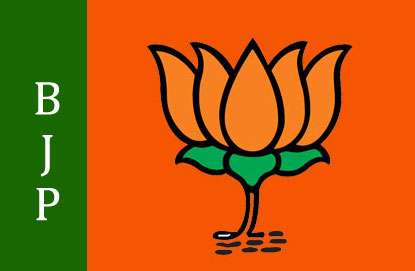
In the first election contested by BJP, its performance was not satisfactory, it managed to win only 2 Lok Sabha seats. In the next Lok Sabha elections of 1998, the BJP-led coalition National Democratic Alliance (NDA), which is an alliance of centre-right and right-wing political parties, won the election and formed government for 18 months under Prime Minister Atal Bihari Vajpayee. Again after the fresh elections in 1999 NDA government came in power headed with Atal Bihari Vajpayee as Prime Minister who completed the full term of five years. However, it remained as the main opposition party for the next ten years. Thereafter, it won the general elections in 2014 and came in power with Narendra Modi as 15th Prime Minister of India on 26 May 2014. The popularity of Narendra Modi increased tremendously during his tenure and again he was able to become the prime minister of India after BJP won the 2019 Lok Sabha election. Election symbol of BJP and its Significance: The election symbol of BJP is Lotus that is approved by the Election Commission of India. It has many representations such as it indicates a national identity uphold by the BJP, cultural unity of India, etc. BJP's political ideology is defined as cultural nationalism which means it is adherent to the cultural values of India. 2) Indian National Congress (INC)Indian National Congress was founded in 1885 with the support and guidance of Allan Octavian Hume, a British civil servant. It is the oldest and first national party in India that was formed even before India got independence. After India became a free country in 1947, the British Govt. handed over the administration of India to Indian National Congress's leaders. Its first session was held in Bombay in 1885 with 72 delegates. 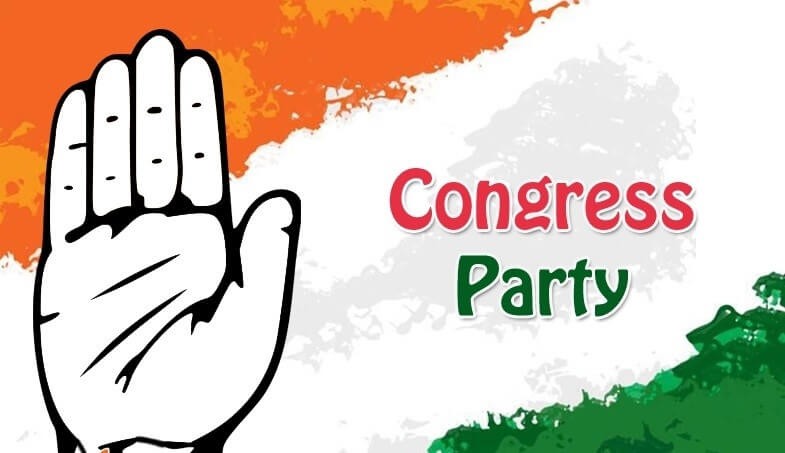
After the partition of India, the congress was the largest party to govern India under the leadership of Nehru. After the demise of Nehru, the party faced some challenges. Nehru's daughter Indira Gandhi became the prime minister of India in 1966. She didn't get support from the powerful right-wing group within the congress. So, in 1969, the party split into two groups; one was with Morarji Desai, and the other was with Indira Gandhi. Congress under the leadership of Indira Gandhi won two elections 1971 national elections and 1972 state elections but lost the election of 1977 due to her emergency rule. Thereafter, it returned to power in 1980. Later, after her demise, her son Rajiv Gandhi held the reins of Congress. After a few years, after the demise of Rajiv Gandhi, her wife Sonia Gandhi, was elected as head of Congress. Thereafter Congress returned to power in 2004 with Manmohan Singh of their party as the prime minister of India. However, in 2014 Lok Sabha elections, Congress suffered a landslide loss. After a few years, Rahul Gandhi (son of Rajiv and Sonia Gandhi) was elected as party leader. Election symbol of Indian National Congress (INC) and its Significance: The election symbol of INC as approved by the Election Commission of India is the 'Right Hand' with the palm facing front. The fingers in the Hand are joined or touch each other without leaving any gap in between. This symbol was selected by the Indira Gandhi-led Congress. The previous symbol of the Congress when it was founded in 1885 was 'two bullocks with plough'. The hand symbol was selected when Indira Gandhi split from the old group to create New Congress. The symbol of Congress represents strength, unity and energy. 3) Communist Party of India (CPI)Communist Party of India (CPI) is one of the national parties in India. It follows communist ideology. It is the oldest party in India which began the communist movement in India that was inspired by the Great October Socialist Revolution in Russia in 1917. The youth of CPI wanted to follow the ideal of Marxism for the Indian anti-imperialist struggles and thus to improve the dismal conditions of the working-class of the country. 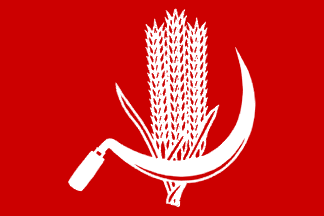
There is different information available about its formation. As per the CPI, their party is founded on 26 December 1925 at the first conference of the party held in Kanpur. Cawnpore. S.V. Ghate was the first General Secretary of CPI. However, it started functioning legally from 1942. It addresses the issues of the workers with the support of trade unions in the country. Election Symbol of CPI and its Significance: The symbol of CPI as approved by the election commission of India is ears of corn and a sickle. The symbol is mostly displayed on a red-coloured flag. The red colour represents the struggle that symbolizes the communist party. The corn's ears and a sickle shows that the CPI is a party of farmers, labourers, who work in the fields to earn their living. So, it is linked with the conditions of the working class, poor, and oppressed in society. 4) Bahujan Samaj Party (BSP)Bahujan Samaj Party, which is also known as the BSP, is one of the national or political parties in India. It was founded by Kanshi Ram in 1984 who was a member of the Dalit community. The meaning of word Bahujan is 'the majority of the people' and the meaning of samaj is 'society'. 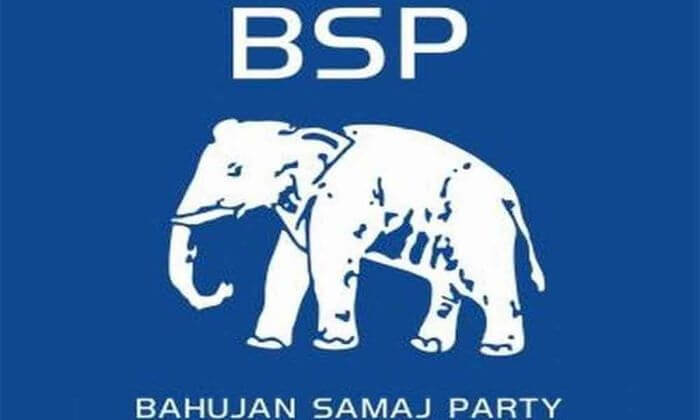
The ideology of BSP is 'Social Transformation and Economic Emancipation' of the Bahujan Samaj that mainly represents the oppressed sections of the country such as the scheduled tribes, scheduled castes, other backward classes and religious minorities. Kanshi Ram was inspired by the ideology and teachings of B.R. Ambedkar. So, it strongly opposed the 'Manuwadi' social system practised by upper-caste Hindu communities such as Brahmins and wealthiest sections of the society. In 1993, Mayawati succeeded Kanshi Ram and became BSP's president. Mayawati became the chief minister of UP four times before losing the seat to Samajwadi party in 2012. Election Symbol of BSP and its Significance: The election symbol of BSP as approved by the Election Commission of India is an Elephant which faces left. The significance of this symbol is that it represents will-power and physical strength. This animal is also very peaceful. The symbol tells that the lower-caste and minorities in society are also very large in number and have the physical and mental strength to fight and struggle against upper-caste and oppression which is imposed on them. 5) Nationalist Congress Party (NCP)Nationalist Congress Party was founded on 25th May 1999. The founding members of NCP include Sharad Pawar, P.A. Sangma and Tariq Anwar. These three politicians were expelled from the Indian National Congress after they strongly opposed the Italian-born Sonia Gandhi of becoming the leader of the INC. Sharad Pawar, P.A. Sangma and Tariq Anwar came together to form a new party under the name of Nationalist Congress Party or NCP. They and their supports joined hands together and met at Gurudwara Rakab Ganj Road, New Delhi to form NCP. This event is known as the Red Letter Day of the country. In this meeting, Sharad Pawar was elected as the President of the NCP and the other two leaders Tariq Anwar and P.A. Sangma became the General Secretaries. Thereafter, the Election Commission of India recognized the NCP as a National Party. 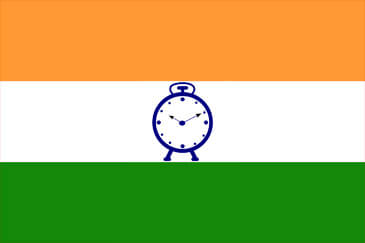
NCP believes that for the integrity of India federalism should be strengthened and power should be dispersed up to the village level to empower the weaker sections of the society. It believes that economic development should lead to non-discrimination and social justice. Besides this, NCP also opposes the authoritarian type of functioning of the parties. Although it is mainly based in Maharashtra, it has also gained importance in the states of Gujarat, Bihar, Andhra Pradesh, West Bengal, Assam, Madhya Pradesh, etc. Election Symbol of NCP and its Significance: The election symbol of NCP is an analogue clock which of blue colour and reads 10:10. It has an alarm button and two legs. It is drawn on a tri-colour Indian flag. The symbol of NCP indicates that the party always keep fighting for its principles and will always speak on behalf of the common men of India. So, its symbol adheres to the values of great Indian leaders who fought for the freedom of India. 6) Communist Party of India (Marxist)Communist Party of India (Marxist) is a national party in India. It was founded in 1964. The founding members of CPI (M) include M.N. Roy, Evelyn Trent Roy, Abani Mukherjee, Mohammad Siddiqui and Mohammad Ali. It is popularly known as CPIM. It is formed when a group of members of the Communist Party of India (CPI) left the CPI to form CPIM. 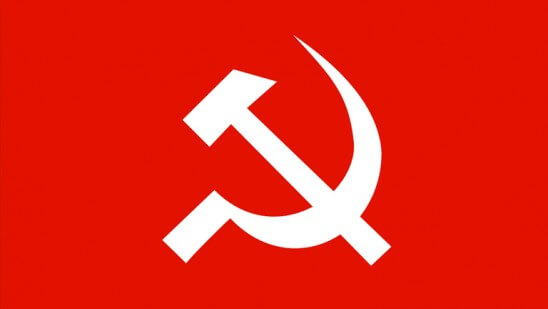
It is a left-wing political party that follows communist political ideology as well as is inspired by the writings of Marx and Lenin and supports and promotes social justice, classless society, and social equality. As per the claims of this party, it is a national or political party of the working classes of India that stands and fights for the welfare and issues of workers, farmers, agriculture, etc. The mass base of the party comes mainly from Tripura, West Bengal and Kerala. CPIM leads the Left Front alliance and works on the principals of 'Democratic Centralism'. It follows a pyramidal hierarchical structure that is headed by the Polit Bureau, which takes all major decisions. It is not easy to become a member of the CPIM. To become its ground-level member, one has to take the regular classes about the teachings of Marx and Lenin offered by the party. The election symbol of CPIM and its significance: The election symbol of CPIM as approved by the Election Commission of India is a hammer and a sickle that intersect each other. It is usually shown on a red-coloured flag as a background. Red colour indicates the struggle. The intersecting tools show that it is a party of the peasants, labourers who earn their living by working in fields. It also represents the struggle against the exploitation of oppressed sections of the societies by the upper classes of the society. 7) All India Trinamool Congress (AITC)All India Trinamool Congress (AITC) is a national political party in India founded in 1988 by Mamata Banerjee. It is popularly known as the Trinamool Congress or AITMC. It came into power when it defeated the Communist Party of India (Marxist) or CPIM in the 2011 Vidhan Sabha elections held in West Bengal, India. 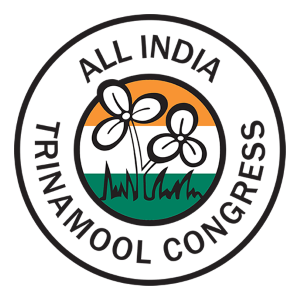
AITC is the creation of Mamata Banerjee. It originated from Indian National Congress when Mamata Banerjee left the Congress after being its member for almost 20 years. She left Congress and formed her own party in 1998. In 1999, AITMC went into alliance with the BJP in the NDA alliance at the Centre. In the general elections of 2009, the AITMC went into alliance with the Congress in the UPA union. Later due to differences with Congress-led UPA, it joined hands with the United Progressive Alliance (UPA) government in Sept. 2012. As of now, the AITC is one of the largest political party in the Lok Sabha with nineteen seats. It has a strong presence not only in the state of West Bengal but also in other states like Manipur, Tripura, and Arunachal Pradesh. In these states, it has a significant number of seats in the Vidhan Sabha of these states. Election Symbol of AITC and its Significance: The election symbol of AITMC as approved by the Election Commission of India is the 'twin flowers in the grass.' There is a popular term in West Bengal for this symbol which is Jora Ghas Phul that means grass and two flowers. The symbol has three colours same as the tricolour Indian flag. The slogan of the party 'Ma Maati Manush' (Mother Motherland and People) also shows the significance of the party symbol. The flowers in the symbol represent the support of the party for the poor and oppressed sections of the societies. 8) National People's PartyNational People's Party is a national political party in India. However, it has a strong presence mainly in the state of Meghalaya. It was founded by P A Sangma in 2013 after he was expelled from the NCP in 2012. It was accorded the status of a national party on 07 June 2019 after it was recognized as a state party in the states of Manipur, Nagaland, Meghalaya and Arunachal Pradesh. It is also the first party from North-eastern India that became a national political party. 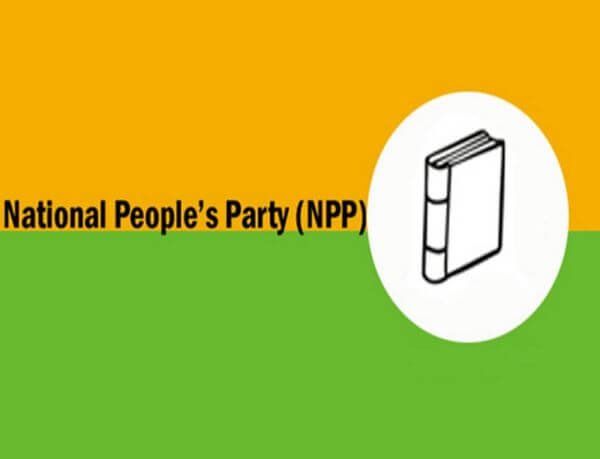
After founding the National People's Party, P. A. Sangma declared that this party will be the part of National Democratic Alliance (NDA) under the leadership of Bharatiya Janta Party. It comprises political parties of the northeast that supported the NDA. In December 2013, NPP participated in the assembly election of Rajasthan led by Kirodi Lal Meena a former BJP MP and won 4 seats. However, when NPP was not able to provide its expenditure during Lok Sabha Elections, it was suspended by the election commission in 2015. Election Symbol of NPP and its Significance: The election symbol of NPP as approved by election commission is a book. It signifies that the weaker sections of the societies can be empowered only through education and literacy.
Next TopicSeasons in India
|
 For Videos Join Our Youtube Channel: Join Now
For Videos Join Our Youtube Channel: Join Now
Feedback
- Send your Feedback to [email protected]
Help Others, Please Share










